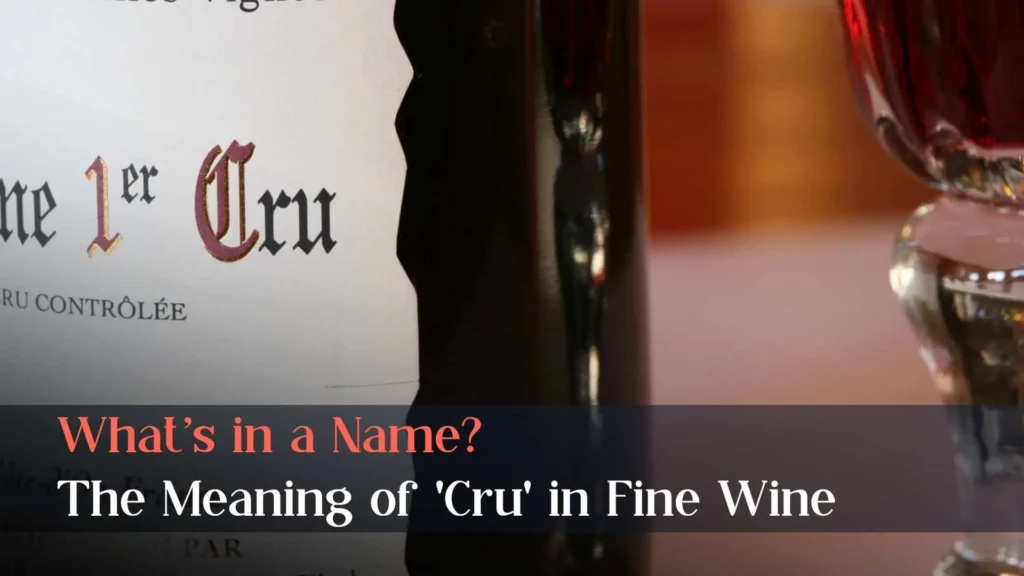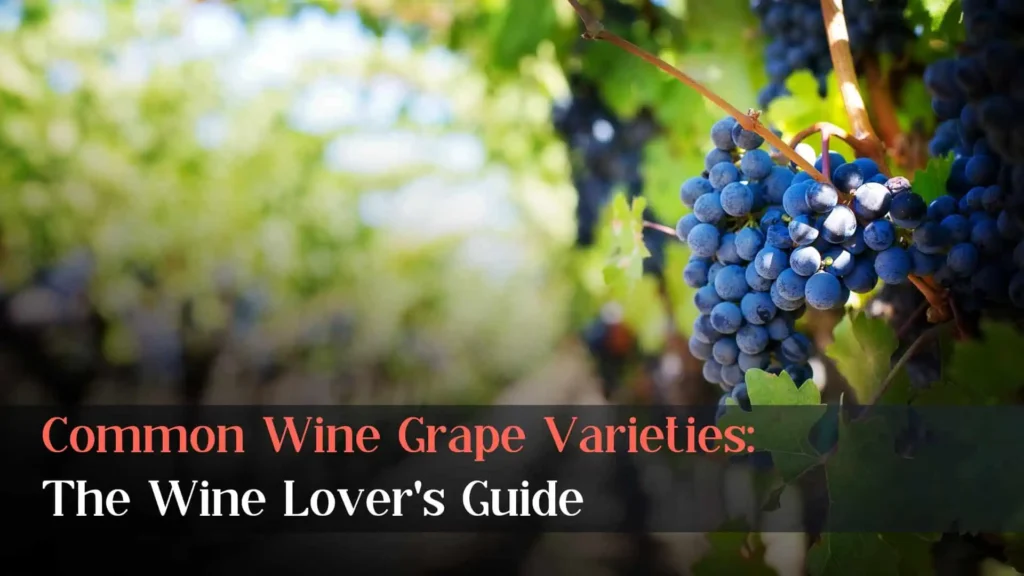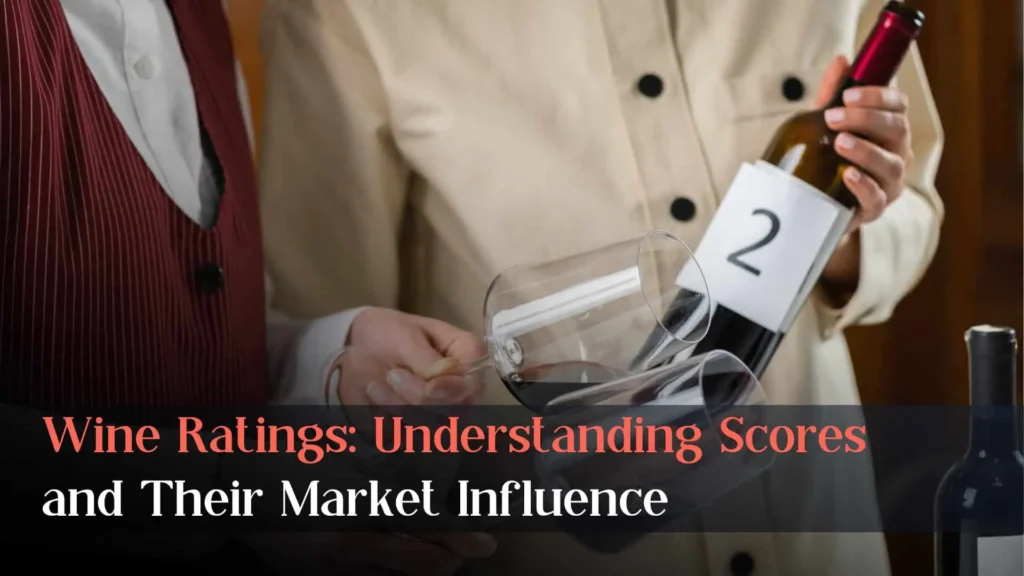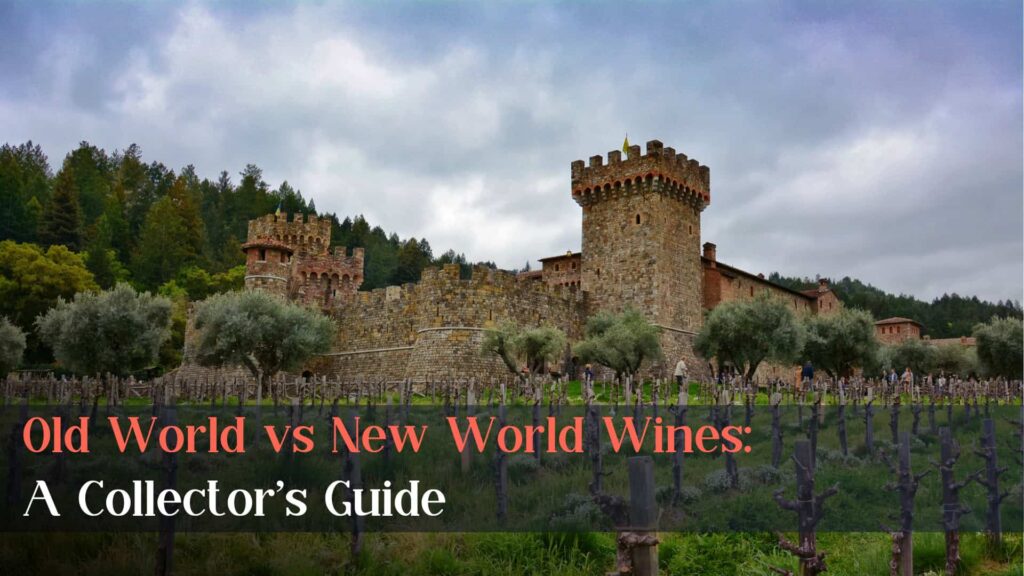When getting started in the world of wine, you’ll quickly encounter a variety of terms and classifications that can make things complicated. However, These labels aren’t just for show—they’re key to understanding a wine’s quality, origin, and how it’s made. Whether you’re picking up a bottle at your local shop or perusing a restaurant’s wine list, grasping these classifications can help you understand what you’re really getting.
“Cru” is one you’re likely to see quite often on wine labels, particularly in France. It’s a recognition of excellence with deep roots in winemaking history. However, its meaning can shift depending on where you are and the context in which it’s used. This is especially true for variations like “grand cru,” which carry even more prestige.
This guide aims to explain the word “cru” and its place in wine classifications, to help those new to the world of wine know exactly what they’re getting when they select a wine with the “cru” label. We’ll break down what it means, how it’s used, and why it matters.
Table of Contents
ToggleWhat does “Cru” mean?
“Cru” is a French term that has become important in the wine world, signifying quality and prestige. Literally translating to “growth” in English, it originally referred to a specific vineyard or group of vineyards. The concept dates back to medieval times when monks mapped and classified the best vineyard sites in Burgundy.
Over centuries, the term evolved to encompass not just the land, but the quality of wines produced from these sites. The modern usage of “cru” emerged in the 19th century as part of France’s efforts to standardize and regulate wine production. While the concept originated in France, it has influenced wine classifications globally.
Grand Cru: The Cream of the Crop
“Grand Cru” represents the pinnacle of wine classification. It’s reserved for vineyards that consistently produce exceptional wines. However, the meaning differs from region to region. Let’s explore how this classification is applied in different French wine regions:
Grand Cru Wines in Burgundy
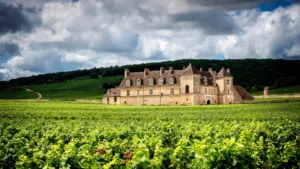
In Burgundy, the Grand Cru designation is highly exclusive. Only 33 vineyards hold this prestigious title, representing just 1% of the region’s total wine production. These vineyards are known for their superior terroir or the environmental factors that affect a crop’s qualities.
Burgundy’s Grand Cru vineyards are primarily located on the mid-slopes of the Côte d’Or, where they benefit from optimal sun exposure and drainage. The wines produced from these vineyards are among the world’s most sought-after and expensive, known for their complexity, longevity, and ability to express the unique characteristics of their terroir.
Some notable Grand Cru vineyards in Burgundy include Romanée-Conti, La Tâche, and Montrachet for white wines, and Chambertin and Musigny for reds.
Grand Cru Wines in Champagne
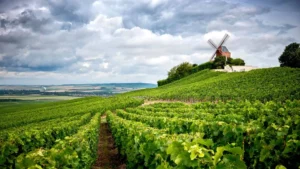
In Champagne, the Grand Cru classification works differently. Instead of applying to individual vineyards, it’s assigned to entire villages. Only 17 villages out of the 319 in the Champagne region have earned this top-tier status.
These Grand Cru villages are rated 100% on the Échelle des Crus (Scale of Growths), which determines grape prices. The grapes from these areas are used in the finest champagnes and command the highest prices. Most of these villages are located in the Montagne de Reims, Côte des Blancs, and Côte de Sézanne sub-regions.
Some famous Grand Cru villages in Champagne include Äy, Bouzy, and Verzenay for Pinot Noir, and Avize, Chouilly, and Le Mesnil-sur-Oger for Chardonnay.
Bordeaux’s Classification System

While Bordeaux is renowned for its wines, it doesn’t use the term “Grand Cru” in the same way as Burgundy or Champagne. Instead, Bordeaux has its own complex classification system often equated with other regions’ “Grand Cru” systems.
Bordeaux Classifications: The 1855 Classification
This applies to wines from the Médoc and Graves regions. It consists of five growth levels, from First Growth (Premier Cru) to Fifth Growth (Cinquième Cru). Only five châteaux maintain the prestigious First Growth title which are:
- Château Lafite Rothschild
- Château Margaux
- Château Haut-Brion
- Mouton Rothschild
- Château Latour
Bordeaux Classifications: St-Émilion Classification
Revised approximately once per decade, this system has three tiers, with Premier Grand Cru Classé A being the highest distinction.
Other Classifications in Bordeaux:

Château d’Yquem in Sauternes has a unique cru classification of Premier Cru Supérieur [Source]
- Sweet Wine Classification: In the Sauternes and Barsac regions, wines are classified by quality, with the highest rank being Premier Cru Supérieur, a title held exclusively by Château d’Yquem. Other wines in these regions are labeled as Premier Cru or Deuxième Cru, depending on their quality.
- Pomerol: The Pomerol appellation, though highly prestigious, does not use a formal classification system like other Bordeaux regions. Consequently, the term “cru” is not officially applied here, but the wines, such as those from Château Pétrus, are often considered on par with top-classified wines in other regions.
- Cru Bourgeois: This term is used specifically for quality wines from the Médoc that are not part of the 1855 Classification. The “Cru Bourgeois” label indicates a recognized standard of quality, though it is a distinct category outside the Grand Cru classifications
Premier Cru: A Step Below, But Still Exceptional
“Premier Cru” designates vineyards that are a notch below Grand Cru in quality, but still produce outstanding wines. This classification is primarily used in Burgundy and Champagne, each with its own unique interpretation.
Premier Cru Wines in Burgundy
In Burgundy, Premier Cru vineyards are more numerous than Grand Cru, but still represent a small percentage of the region’s total production. These vineyards typically occupy favorable positions on the slopes, often adjacent to Grand Cru sites.
Spotting it on a label isn’t always easy though as Premier Cru in Burgundy is often abbreviated with the phrase 1er on labels, as we can see in the image below. Premier Cru wines from Burgundy are also typically labeled with the vineyard name following the village name, such as in the below example where “Gevrey-Chambertin” is the village while “Les Cazetiers” refers to the specific vineyard.
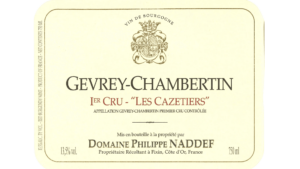
There are approximately 640 Premier Cru vineyards in Burgundy, compared to only 33 Grand Crus. This larger number allows for greater variation and often better value for consumers. Some renowned Premier Cru vineyards include Les Amoureuses in Chambolle-Musigny and Les Folatières in Puligny-Montrachet.
Burgundy’s Premier Cru wines offer excellent quality with good aging potential, though generally not as long-lived as Grand Crus. They showcase the unique characteristics of specific vineyard sites, reflecting the region’s emphasis on terroir.
Premier Cru Wines in Champagne
In Champagne, the Premier Cru designation is granted to villages rated slightly below Grand Cru on the Échelle des Crus. While Grand Cru villages are rated at 100%, Premier Cru villages are rated between 90% and 99%.
There are 44 Premier Cru villages in Champagne, more than double the number of Grand Cru villages. These areas produce highly regarded wines known for their finesse and complexity, often at more accessible price points than Grand Cru Champagnes.
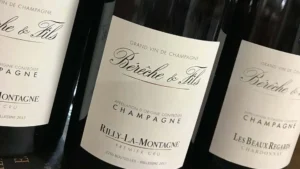
Image Source [Bourget Imports]
Premier Cru grapes are frequently blended with Grand Cru grapes to create balanced, high-quality Champagnes. Some notable Premier Cru villages include Cumières and Dizy in the Vallée de la Marne, and Vertus in the Côte des Blancs.
Global Usage of “Cru”
The use of “Cru” is less common outside France, but the concept has influenced classification systems worldwide. Some regions have adopted similar hierarchical structures to denote quality levels.
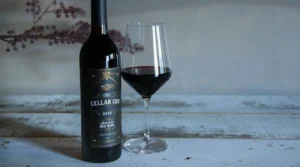
Image Source [Naked Wines]
In marketing, “Cru” is sometimes used to evoke a sense of superior quality, even when not part of an official classification system. This usage can be found on labels from New World wine regions, where it’s important to note that it doesn’t carry the same legal weight as in France.
Classifications Beyond France
Many wineries worldwide use “cru” to imply quality, though it’s often more about marketing than official recognition. When you see “cru” on non-French wines, it’s best to view it as the winemaker’s statement of confidence in their product’s quality rather than part of a formal classification system.
Some regions have adopted similar hierarchical structures to denote quality levels, with their own systems of recognition. Here are a few of the more well-known classifications around the world:
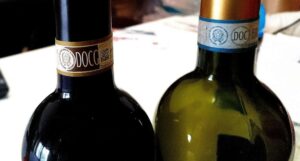
Image Source [Wikimedia]
- Italy: The “Denominazione di Origine Controllata e Garantita” (DOCG) is the highest classification for Italian wines. Notable examples include Barolo and Chianti Classico.
- Spain: The “Denominación de Origen Calificada” (DOCa or DOQ) is Spain’s top-tier classification. Only two regions currently hold this status: Rioja and Priorat.
- Germany: The “Grosses Gewächs” designation is used for top dry wines from the finest vineyard sites, similar to Grand Cru.
- United States: While there’s no nationwide system, the American Viticultural Area (AVA) system defines specific grape-growing regions, with some areas (like Napa Valley) carrying more prestige than others.
These classification systems, like the French cru system, aim to recognize and promote wines of exceptional quality and distinct regional character, making them prized by collectors and wine enthusiasts alike.
The Collectibility and Value of Cru Wines
Why Cru Wines Are Highly Collectible
Cru wines, particularly Grand Cru and Premier Cru, are among the most sought-after bottles for wine collectors worldwide. Several factors contribute to their collectibility:
- Limited Production: Many cru vineyards are small, producing a limited number of bottles each year.
- Aging Potential: High-quality cru wines often improve with age, making them excellent investment pieces.
- Prestige: The cru designation carries significant prestige, adding to the wines’ desirability.
- Historical Significance: Many cru vineyards have centuries of winemaking history, adding to their allure.

Image Source [Catawiki]
While the history and astronomical prices might make cru wines seem daunting, it’s important to remember that not all cru wines come with hefty price tags.
Many excellent cru wines are available at more accessible price points, making them perfect for both budding and seasoned collectors alike. They can serve as an excellent starting point for those looking to build a wine collection or simply elevate their wine drinking experience.
Related Post: How to Start a Wine Collection: Beyond the Basics
Notable High-Value Cru Wine Sales
While specific sales data can vary and may not always be publicly available, here are some examples of cru wines that have commanded exceptionally high prices:
- Domaine de la Romanée-Conti (DRC) Romanée-Conti Grand Cru
- Region: Burgundy, France
- A single bottle of the 1945 vintage sold for $558,000 at a Sotheby’s auction in 2018.
- The Romanée-Conti vineyard is considered one of the greatest Grand Cru sites in Burgundy.
- Henri Jayer Cros Parantoux, Vosne-Romanée Premier Cru
- Region: Burgundy, France
- While technically a Premier Cru, bottles from this vineyard often sell for prices rivaling Grand Crus, due to the reputation of vintner Henri Jayer.
- In 2018 a magnum from the 1978 vintage, reputed to be Jayer’s best, sold for a whopping USD 166,521
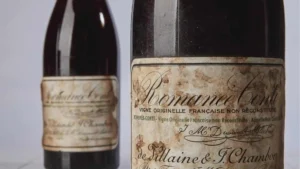
Image Source [wein.plus]
As with all wines large-format versions of cru wines can further enhance their collectibility and value. Not sure what a magnum is, or what kind of large-format bottles to look for? Check out our guide on bottle sizes and large-format wines below:
Related Post Wine Bottle Sizes: A Guide to Standard, Rare, and Large-Formats
Understanding Cru Wines
Cru classifications, originating in France and adopted globally, serve as indicators of wine quality and prestige. These systems help consumers identify top-tier wines from specific regions.
For collectors, cru wines, especially Grand Crus, often represent significant investments due to their limited production, aging potential, and historical significance. Factors like vintage, producer reputation, and critical acclaim can greatly influence their market value.
While cru designations can guide purchasing decisions, it’s important to remember that they are just one aspect of a wine’s overall quality and appeal. Ultimately, personal taste and occasion should also play a role in wine selection and appreciation.
